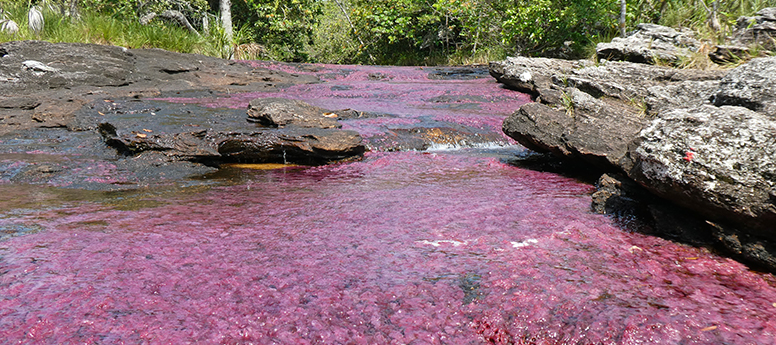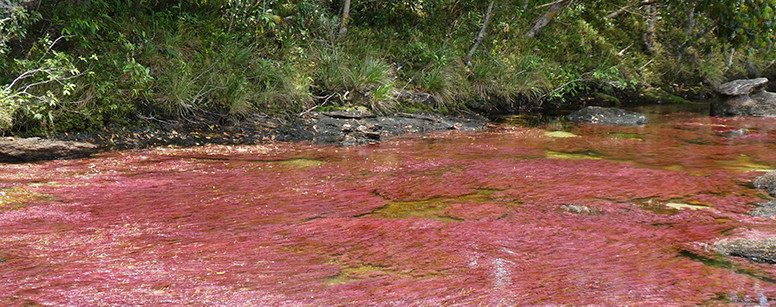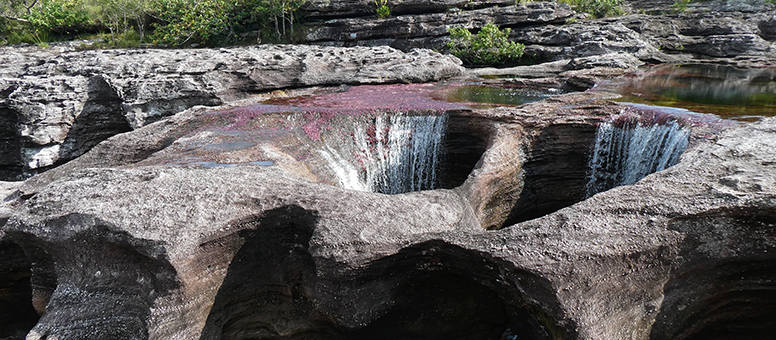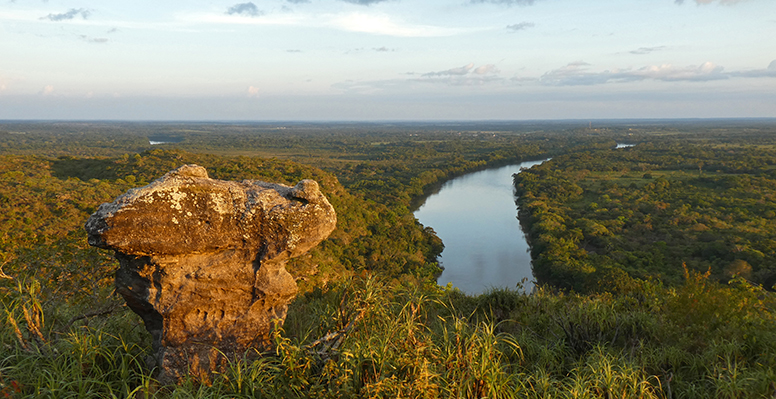I’ve been writing this blog for a few years, so I decided it was time to get involved in creating something a bit more serious, namely an ELT book. I’m happy to announce More Than a Gap Year Adventure: How to Make a Long-Term Career out of TEFL is now available for purchase on various online platforms. I created the book together with a group of amazing ELT professionals whose contributions make it a very valuable read.
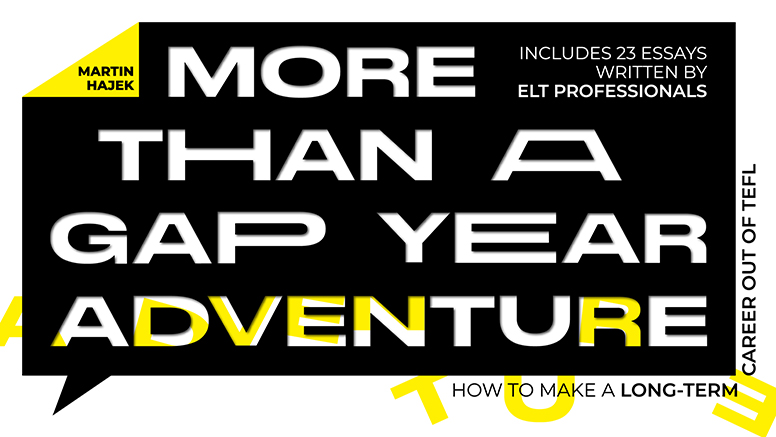
What is the book about?
This is the book description used on Amazon and other online stores:
Teaching English is often perceived as a temporary job abroad, yet it is perfectly possible to have a long-term career in the profession. More Than a Gap Year Adventure provides teachers with information they may not have access to at the beginning of their career, which can help them avoid common issues that in many cases result in English teachers leaving the field disillusioned. In addition to actionable advice for moving beyond entry-level TEFL roles, the book includes 23 essays written by experienced professionals providing real-life tips based on the writers’ personal experience. More Than a Gap Year Adventure promotes the idea of being proactive in career development so that one can find a rewarding ELT job with a reputable institution or create their own business.
Where can I get it?
PDF: Payhip, Gumroad
ebook: Amazon, Apple Books
paperback: Amazon
Who is it for?
Anybody who is interested in career development in ELT will find something useful in the book. Those thinking of getting into TEFL will receive ideas for getting started; developing teachers who would like to make career progress will get advice on that as well. The book answers a lot of questions that are frequently asked in online groups, and I describe it as a resource that I wish I had read when I decided to become an English teacher.
Why should I read it?
The book mentions some uncomfortable truths about our profession and provides specific recommendations on dealing with common challenges that teachers may face. And most importantly, there is a wealth of knowledge (and links to other useful resources) in the essays written by the following ELT professionals:
Fatime Losonci, Tiago Bueno, Kate Lloyd & Kris Kirby, Jim Fuller, Sandy Millin, Michelle Adele Wardman, Ariella Moses, Andrew Woodbury, Rachel Tsateri, Joanna Hebel, Peter Clements, Martin Sketchley, Laura Wilkes, André Hedlund, Kate Khurtsilava, Sebastiano Favretto, Zorica Kovacevic, Silvina Mascitti, Noreen Lam, Monica Ruda, Walton Burns, Hall Houston, Mohamed Oummih.
What specific topics does it deal with?
You can download the Contents page of the ebook version here.
How long is the book?
There are 78,472 words (206 pages) in the PDF document. The paperback version is 299 pages long.
Book mentions and reviews
• Monica Ruda’s sneak peek
• Mohamed Oummih’s article
• Rachel Tsateri’s blog post
• Christopher Walker’s review in the IH Journal and on Goodreads
• Jim Fuller’s review
• Joanna Hebel’s blog post
• Martin Sketchley’s article
Interviews
• My chat with Teresa Bestwick from the TEFL Development Hub
What will happen if the book makes a lot of money?
I would like to reward the brilliant professionals who made this project possible, so the proceeds will be shared with everybody involved in creating this book.
What should I do if I like the book?
Please recommend it to someone you think may enjoy reading it. Leaving an honest review on the website where you purchased it will be appreciated as well.

